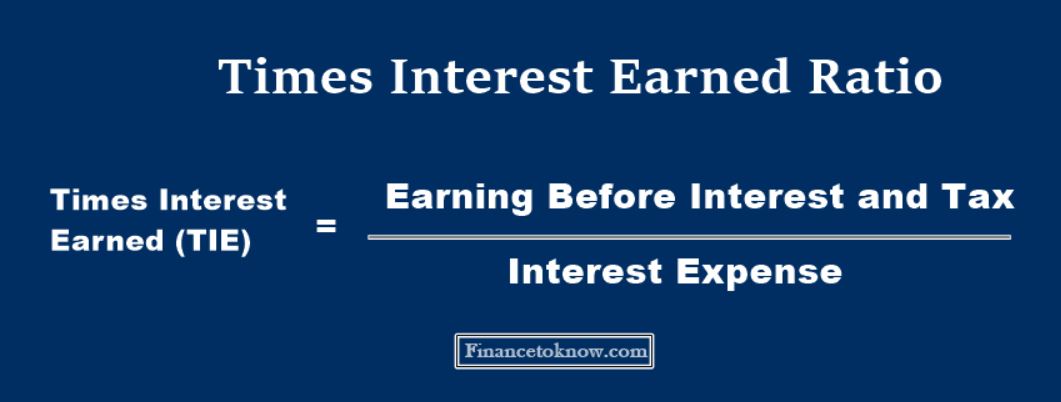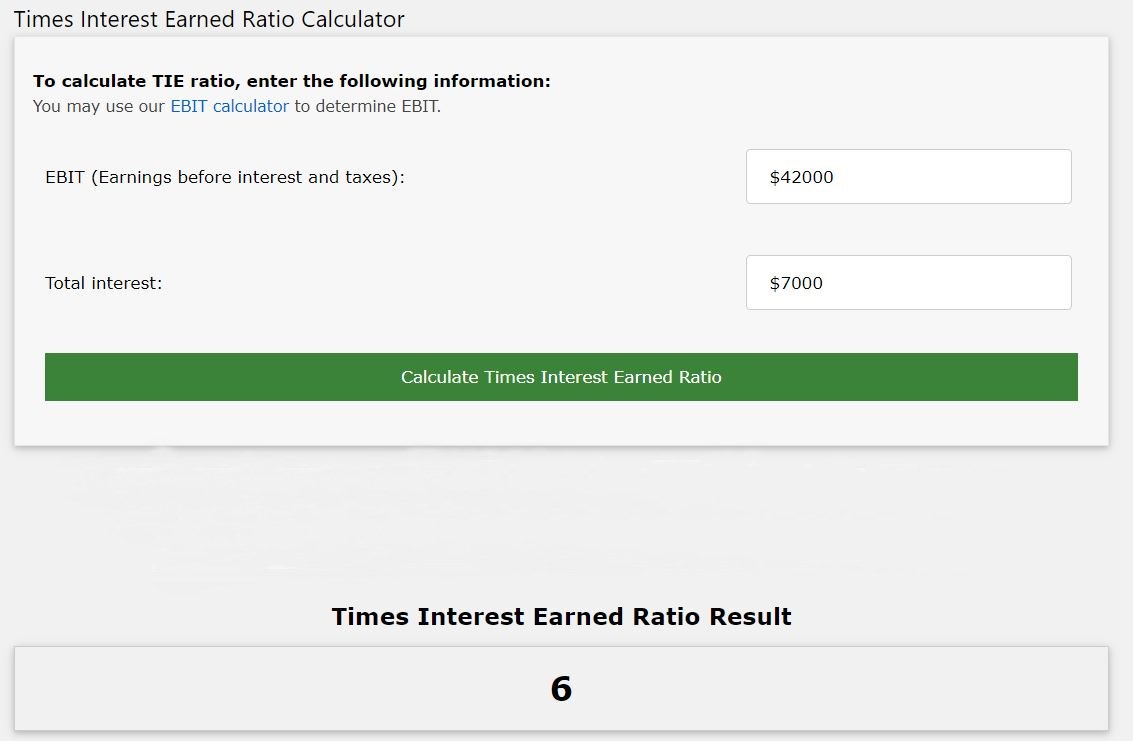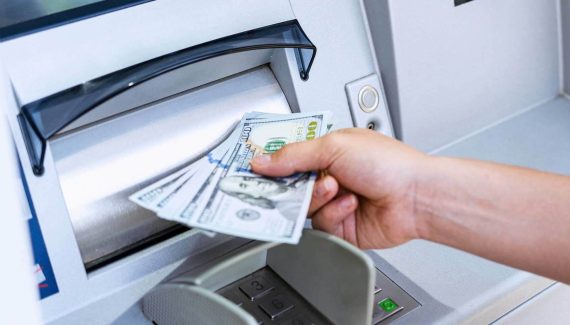A Times Interest Earned Ratio is a financial ratio that measures the profitability of a company by dividing its net income by its net interest expense. The Times Interest Earned Ratio is often used as a measure of the company’s ability to pay off its interest and principal. A high ratio indicates that the firm can easily meet its obligations, while a low ratio may indicate financial difficulty. The Times Interest Earned Ratio is an important measure of how well a company can pay back its debt and manage risk. It is an important metric for banks because it measures how well they are able to generate profits from their lending activities.

Contents
How to Calculate the Times Interest Earned Ratio
The Times Interest Earned Ratio (TIE ratio) is a measure of a company’s ability to generate profit from its interest-bearing assets. It is calculated by dividing the company’s net earnings by its average interest-bearing debt. The TIER ratio is useful for comparing the financial performance of different companies. A higher TIER ratio indicates that the company has been more efficient at using its assets to generate earnings.
Here is the “Times Interest Earned Ratio Formula“:

The time interest earned ratio is a measure of how well a financial institution can cover its interest expenses with its income. The higher the TIE ratio, the better it is for the institution. Investors use this ratio to determine if a company’s operations are generating enough money to cover its expenses. If the ratio is high it means that the company has more than enough funds to cover its expenses and should be considered a good investment option.
Times Interest Earned Ratio Calculation Example

Source – miniwebtool
If a company has a low TIE, it means that its debt is low relative to the size of its assets. A high TIE means a higher level of debt, which could be less sustainable in the future.
Higher TIE Ratio vs Low TIE Ratio
The TIE ratio is a measure of how often a company’s marketing efforts result in a sale. A high TIE ratio means that these efforts are successful more often than not, while a low TIE ratio means that the company needs to be more creative in its marketing strategy.
The Higher TIE Ratio is a ratio of a company’s earnings before interest and taxes to its time interest earned. This ratio measures how well the company is managing its debt. The higher the ratio, the better the company is doing with its debt management.
The Low TIE Ratio is a ratio of a company’s earnings before interest and taxes to its total assets. This ratio measures how much money the company has to pay back on loans or other debts. The lower the ratio, the less likely that it will have enough money to pay off all of its debts in time.
Also Read: How to Calculate Equity Dilution for Startups
How the TIER Calculates Income in a Business Cycle
The TIE is calculated on an annual basis and allows investors to compare different companies in terms of their ability to generate profits from their investments in loans and securities, relative to how much they are borrowing in order to make those investments. It is calculated by adding up all of the incomes that are generated by all of the different sectors in an economy.
The TIER is calculated using a formula called an aggregate demand-aggregate supply model. The model has two components: aggregate demand and aggregate supply, which are linked together to calculate total income. This ratio is calculated by dividing the net income of a company by earnings before interest and taxes. The TIE ratio is most commonly used to measure financial performance during periods of economic growth and stability. It can be used to determine if there are any changes in current market conditions or if they are in line with historical norms.
Conclusion
The Times Interest Earned Ratio is a key financial ratio that measures the profitability of a company’s operations. It is calculated by subtracting the total interest expense from the total net income and dividing this difference by net income. The Times Interest Earned Ratio is a measure of the profitability of a firm’s investments. It is the ratio of earnings before interest and taxes to total assets or earnings before interest and taxes divided by total liabilities. The higher the ratio, the better for the company. This ratio can be used as an indicator of how well a firm is using its assets to generate revenue.
Post You May Like:
- Money Management Tips for Beginners
- Ultimate Guide to Personal Finance and Investing
- Best Currency Pairs to Trade In Forex?


